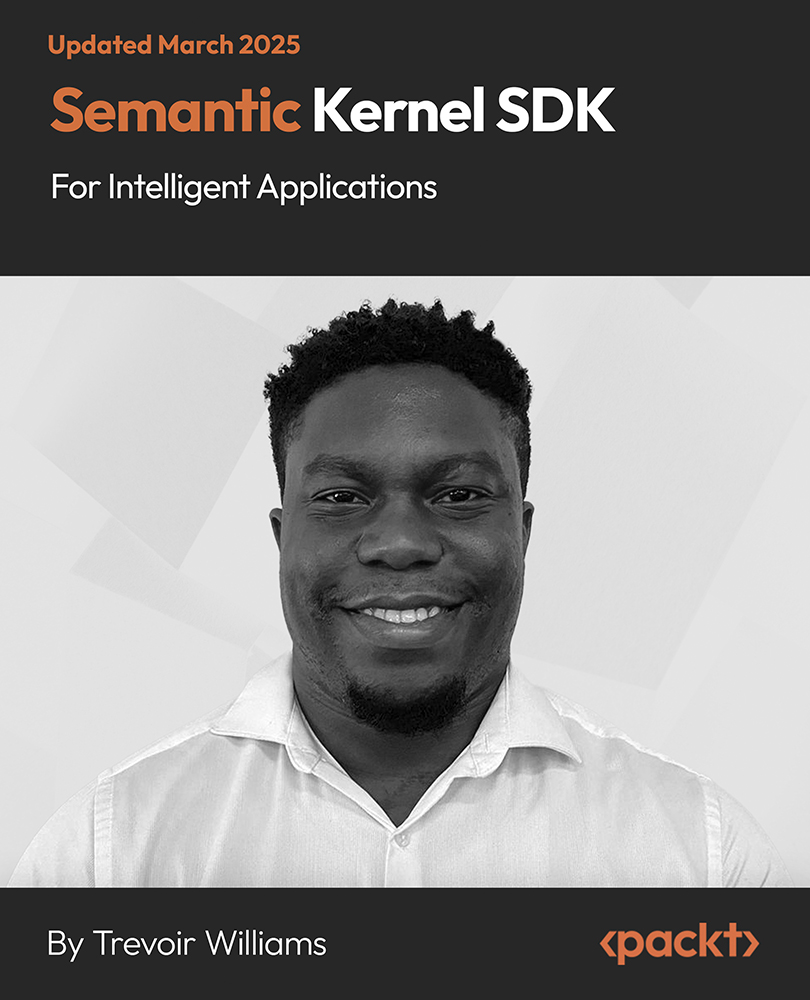Ripple is decentralized remittance platform. It lets us transfer fiat currencies, digital currencies, and commodities. It uses the blockchain data structure and has its own consensus protocol. In ripple docs, you will not find the term blocks and blockchain; they use the term ledger instead.
In ripple, money and commodity transfer happens via a trust chain in a manner similar to how it happens in a hawala network. In ripple, there are two kinds of nodes, that is, gateways and regular nodes. Gateways support deposit and withdrawal of one or more currencies and/or commodities. To become a gateway in a ripple network, you need permission as gateways to form a trust chain. Gateways are usually registered financial institutions, exchanges, merchants, and so on.
Every user and gateway has an account address. Every user needs to add a list of gateways they trust by adding the gateway addresses to the trust list. There is no consensus to find whom to trust; it all depends on the user, and the user takes the risk of trusting a gateway. Even gateways can add the list of gateways they trust.
Let's look at an example of how user X living in India can send 500 USD to user Y living in the USA. Assuming that there is a gateway XX in India, which takes cash (physical cash or card payments on their website) and gives you only the INR balance on ripple, X will visit the XX office or website and deposit 30,000 INR and then XX will broadcast a transaction saying I owe X 30,000 INR. Now assume that there is a gateway YY in the USA, which allows only USD transactions and Y trusts YY gateway. Now, say, gateways XX and YY don't trust each other. As X and Y don't trust a common gateway, XX and YY don't trust each other, and finally, XX and YY don't support the same currency. Therefore, for X to send money to Y, he needs to find intermediary gateways to form a trust chain. Assume there is another gateway, ZZ, that is trusted by both XX and YY and it supports USD and INR. So now X can send a transaction by transferring 50,000 INR from XX to ZZ and it gets converted to USD by ZZ and then ZZ sends the money to YY, asking YY to give the money to Y. Now instead of X owing Y $500, YY owes $500 to Y, ZZ owes $500 to YY, and XX owes 30,000 INR to ZZ. But it's all fine because they trust each other, whereas earlier, X and Y didn't trust each other. But XX, YY, and ZZ can transfer the money outside of ripple whenever they want to, or else a reverse transaction will deduct this value.
Ripple also has an internal currency called XRP (or ripples). Every transaction sent to the network costs some ripples. As XRP is the ripple's native currency, it can be sent to anyone in the network without trust. XRP can also be used while forming a trust chain. Remember that every gateway has its own currency exchange rate. XRP isn't generated by a mining process; instead, there are total of 100 billion XRPs generated in the beginning and owned by the ripple company itself. XRP is supplied manually depending on various factors.
All the transactions are recorded in the decentralized ledger, which forms an immutable history. Consensus is required to make sure that all nodes have the same ledger at a given point of time. In ripple, there is a third kind of node called validators, which are part of the consensus protocol. Validators are responsible for validating transactions. Anyone can become a validator. But other nodes keep a list of validators that can be actually trusted. This list is known as UNL (unique node list). A validator also has a UNL; that is, the validators it trusts as validators also want to reach a consensus. Currently, ripple decides the list of validators that can be trusted, but if the network thinks that validators selected by ripple are not trustworthy, then they can modify the list in their node software.
You can form a ledger by taking the previous ledger and applying all the transactions that have happened since then. So to agree on the current ledger, nodes must agree on the previous ledger and the set of transactions that have happened since then. After a new ledger is created, a node (both regular nodes and validators) starts a timer (of a few seconds, approximately 5 seconds) and collects the new transactions that arrived during the creation of the previous ledger. When the timer expires, it takes those transactions that are valid according to at least 80% of the UNLs and forms the next ledger. Validators broadcast a proposal (a set of transactions they think are valid to form the next ledger) to the network. Validators can broadcast proposals for the same ledger multiple times with a different set of transactions if they decide to change the list of valid transactions depending on proposals from their UNLs and other factors. So you only need to wait 5-10 seconds for your transaction to be confirmed by the network.
Some people wonder whether this can lead to many different versions of the ledger since each node may have a different UNL. As long as there is a minimal degree of inter-connectivity between UNLs, a consensus will rapidly be reached. This is primarily because every honest node's primary goal is to achieve a consensus.
 United States
United States
 Great Britain
Great Britain
 India
India
 Germany
Germany
 France
France
 Canada
Canada
 Russia
Russia
 Spain
Spain
 Brazil
Brazil
 Australia
Australia
 Singapore
Singapore
 Hungary
Hungary
 Ukraine
Ukraine
 Luxembourg
Luxembourg
 Estonia
Estonia
 Lithuania
Lithuania
 South Korea
South Korea
 Turkey
Turkey
 Switzerland
Switzerland
 Colombia
Colombia
 Taiwan
Taiwan
 Chile
Chile
 Norway
Norway
 Ecuador
Ecuador
 Indonesia
Indonesia
 New Zealand
New Zealand
 Cyprus
Cyprus
 Denmark
Denmark
 Finland
Finland
 Poland
Poland
 Malta
Malta
 Czechia
Czechia
 Austria
Austria
 Sweden
Sweden
 Italy
Italy
 Egypt
Egypt
 Belgium
Belgium
 Portugal
Portugal
 Slovenia
Slovenia
 Ireland
Ireland
 Romania
Romania
 Greece
Greece
 Argentina
Argentina
 Netherlands
Netherlands
 Bulgaria
Bulgaria
 Latvia
Latvia
 South Africa
South Africa
 Malaysia
Malaysia
 Japan
Japan
 Slovakia
Slovakia
 Philippines
Philippines
 Mexico
Mexico
 Thailand
Thailand

















